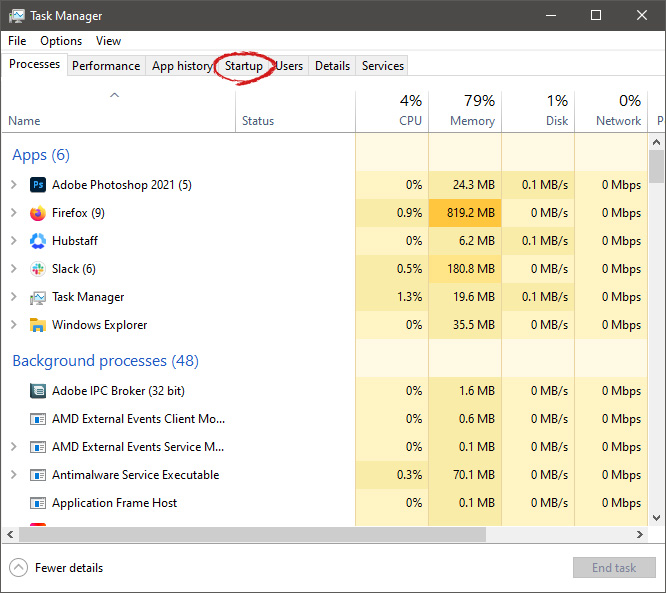Error Code 0x80070002 – What is it?
Error code 0x80070002 is a Windows Update error code. It occurs due to corruption errors which result when missing files in Windows Update prevent users from accessing updates on their system. It affects Windows 10 users and presents similar symptoms as error code 0x80070003, another Windows Update error. These symptoms include the following:
- Presence of message box highlighting the name of the Windows Update error code
- The inability of users to complete updates on their system
Error Causes
If certain files are missing in Windows Update on your system, you will most likely experience error code 0x80070002. These missing files prevent Windows Update from functioning properly even in cases where an update is downloaded on your PC.Further Information and Manual Repair
Manual repair methods are necessary to resolve issues related to many Windows error codes. To fix Windows Update error codes like error code 0x80070002 in Windows 10, users will need to apply several procedures that include stopping and restarting the Windows Update service. Note that the methods listed below must be done in the order they are listed. This is because they work in conjunction with each other to repair and replace corrupted update files that may be preventing your Windows Update service from functioning correctly.Method One: Stop Windows Update Service
Stopping the Windows Update service will enable users to begin the manual repair process. It’s crucial, to begin with, this step, as it prepares users to delete temporary update files when the Window Update service is no longer functioning correctly. These temporary files may be the source of the corruption errors resulting in error code 0x80070002. Follow the steps below to stop Windows Update and resolve the error code.- Step one: Type Control Panel in the Search box near the Start button
- Step two: Select Control Panel
- Step three: Type Administrative Tools in the search box
- Stop four: Select Administrative Tools
- Step five: Click Services, then search for Windows Update
- Step six: Right-click Windows Update service, then select Stop
Method Two: Delete Temporary Update Files in SoftwareDistribution Folder
Error code 0x80070002 is unlikely to be resolved without addressing the problems related to missing or corrupted update files. By deleting temporary update files within the SoftwareDistribution folder, you will most likely be able to fix the error code and access updates within the Windows Update service.- Step one: Open File Explorer, then open Windows folder in drive C
- Step two: Double-click SoftwareDistribution folder
- Step three: Open the DataStore folder and delete all files within this folder
- Step four: Click Back to access the SoftwareDistribution folder
- Step five: Open the Download folder to delete all files from this folder as well
Method Three: Restart Windows Update Service
Once you have logged on as an administrator and deleted appropriate update files in the SoftwareDistribution folder, follow the steps below to restart the Windows Update service.- Step one: Type Control Panel in the Search box near the Start button.
- Step two: Select Control Panel
- Step three: Type Administrative Tools in the search box, then select Administrative Tools
- Step four: Double-click Services
- Step five: Search for the Windows Update service
- Step six: Right-click the Windows Update service, then select Start.



 When Task Manager opens, click on the startup tab on top.
When Task Manager opens, click on the startup tab on top.
 Once you click on startup you will get a list of applications that are set to be started when Windows is booted.
Once you click on startup you will get a list of applications that are set to be started when Windows is booted.
 You can now click on the application and then click on disable on the bottom button, the application status will update in task manager to disabled and it will not be booted anymore when Windows starts. In this same manner, you can enable back some applications if you changed your mind about them.
Please note that some applications are using some services and must have them running or they will not work properly. The best practice is to disable applications you are positive you will not use or use rarely so you do not want them to slow down Windows.
You can now click on the application and then click on disable on the bottom button, the application status will update in task manager to disabled and it will not be booted anymore when Windows starts. In this same manner, you can enable back some applications if you changed your mind about them.
Please note that some applications are using some services and must have them running or they will not work properly. The best practice is to disable applications you are positive you will not use or use rarely so you do not want them to slow down Windows. 